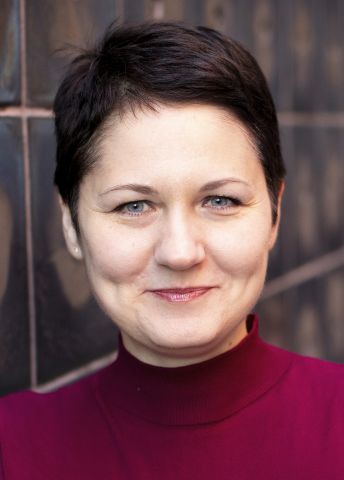
Program for mathematics 2023
Grant to recruit an international researcher
for a postdoctoral position
Associate Professor Anna Sakovich
Department of Mathematics, Uppsala University
Grant to recruit an international researcher
for a postdoctoral position
Associate Professor Anna Sakovich
Department of Mathematics, Uppsala University
Mass in a curved spacetime
Associate Professor Anna Sakovich will receive funding from the Knut and Alice Wallenberg Foundation to recruit an international researcher for a postdoctoral position at the Department of Mathematics, Uppsala University.
The now over century-old general theory of relativity has proven extremely successful in describing all types of large-scale phenomena in our universe – from black holes and the big bang to gravitational waves and the accelerating expansion of the universe. Albert Einstein’s revolutionary idea was that gravity is actually about the geometry of spacetime. This geometry is determined by the distribution of matter in space which, in turn, governs how bodies move through spacetime.
All objects that are in free fall, the Earth, the Sun or a stone that has been thrown, move in “straight lines” along spacetime’s geodesics. One way of understanding what a geodesic is, is to imagine an ant that is trying to walk straight along the surface of a potato – the ant will move along a geodesic. The form of geodesics is affected by the distribution of matter, and the general theory of relativity does not describe gravitation as a force, but as a result of the geometric properties of geodesics.
According to the positive mass theorem, geodesics far from the matter always start to bend down towards a mass with positive density. It is usually said that the general theory of relativity describes the curving of spacetime. This curving can be interpreted as the mass attracting bodies in motion, which is generally called gravitational force.
However, mathematically, the positive mass theorem is a challenging problem. It involves understanding the link between the curving of spacetime at every point of Einstein’s equations and the global form of the geodesics. There are now proofs of the positive mass theorem for several different spacetimes, but not all. The plan is to prove the theorem for a specific case of spacetime for which there is currently no proof.